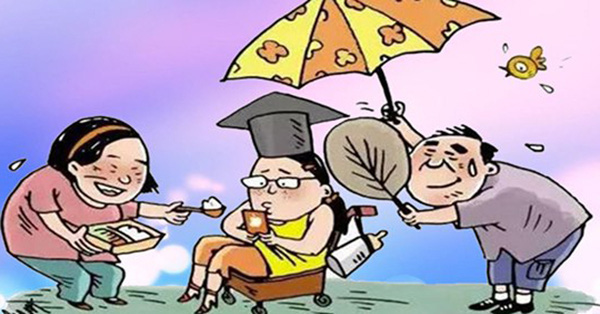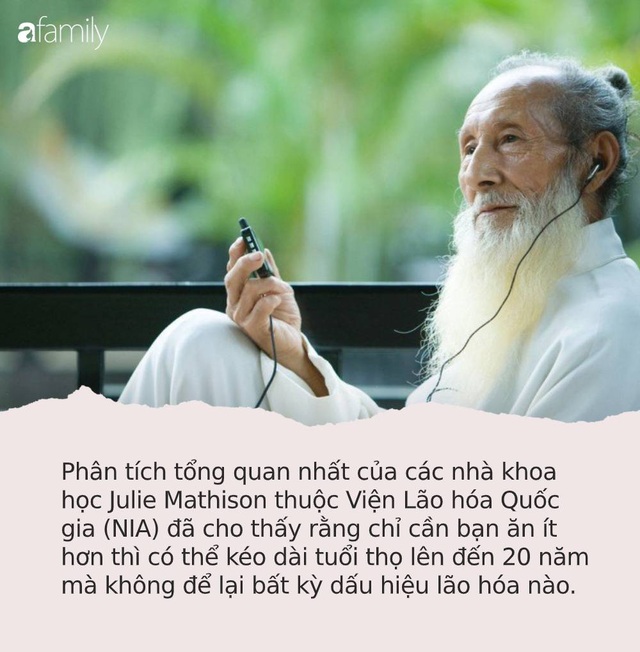Marriage is a serious matter and approached with love and tender care by a brides family. The birth of a daughter, her bringing up and then finally getting her married is a love filled journey. As good Hindus say, girls are Devis or goddesses and to be treated and worshipped as such. A man's future it is believed is dictated by his wife's luck. The Varmala ceremony in a Hindu wedding is the first meeting of the groom with the bride after his entourage - the baraat reaches the wedding venue. Subsequent to the Milni and aarti, the groom proceeds and waits for the bride either at the mandap or then on an erected stage where the Varmala union is done.
The bride makes a slow entrance towards the groom for the Varmala ceremony. She is accompanied by her brothers and friends.The Varmala is also called as Jaimala in some parts of North India.The ceremony consists of the bride and groom garlanding each other with rich floral Maalas. The flowers plucked from these garlands are considered auspicious. The exchange of the Varmalas or then the flower garlands symbolize the acceptance of the bride and groom towards one another. It also portrays color, harmony and beauty. The Varmala ceremony is accompanied by cheers and clapping as the bride and groom exchange the Maalas.
The significance of the Varmala goes as back as far as the Maharbarata when the bride would choose her groom by garlanding him at a swayamvar (gathering) of prospective suitors. Arjun was garlanded by Draupadi after a competition with other suitors. Similarly in the Ramayana, Ram successfully broke the bow and was garlanded by Sita after he did this. The bride garlanding the groom symbolizes her acceptance of him. Ofcourse, there are no back breaking competitions these days!
The brides acceptance of the Varmala around her neck signifies a public acceptance of the groom, his family and further lifestyle. The bride first garlands the groom who then follows suit.To make this fun the groom sometimes makes it hard for the girl to garland him by standing on his toes.The groom's garland signifies the welcome of a new life into his, a promise to look after his bride, and his desire for self realization. The Varmala depicts a mutual acceptance of the wedding between both. In the olden days and sometimes even now in certain rural areas, the mother in law does the Varmala on behalf of the daughter. The Varmala ceremony is overseen by the brides' maternal uncles.
Varmala ceremony is the formal approval of the marriage pheras considered final.
For the latest on Indian wedding news, visit the Indian wedding blog
Source: Ezine






